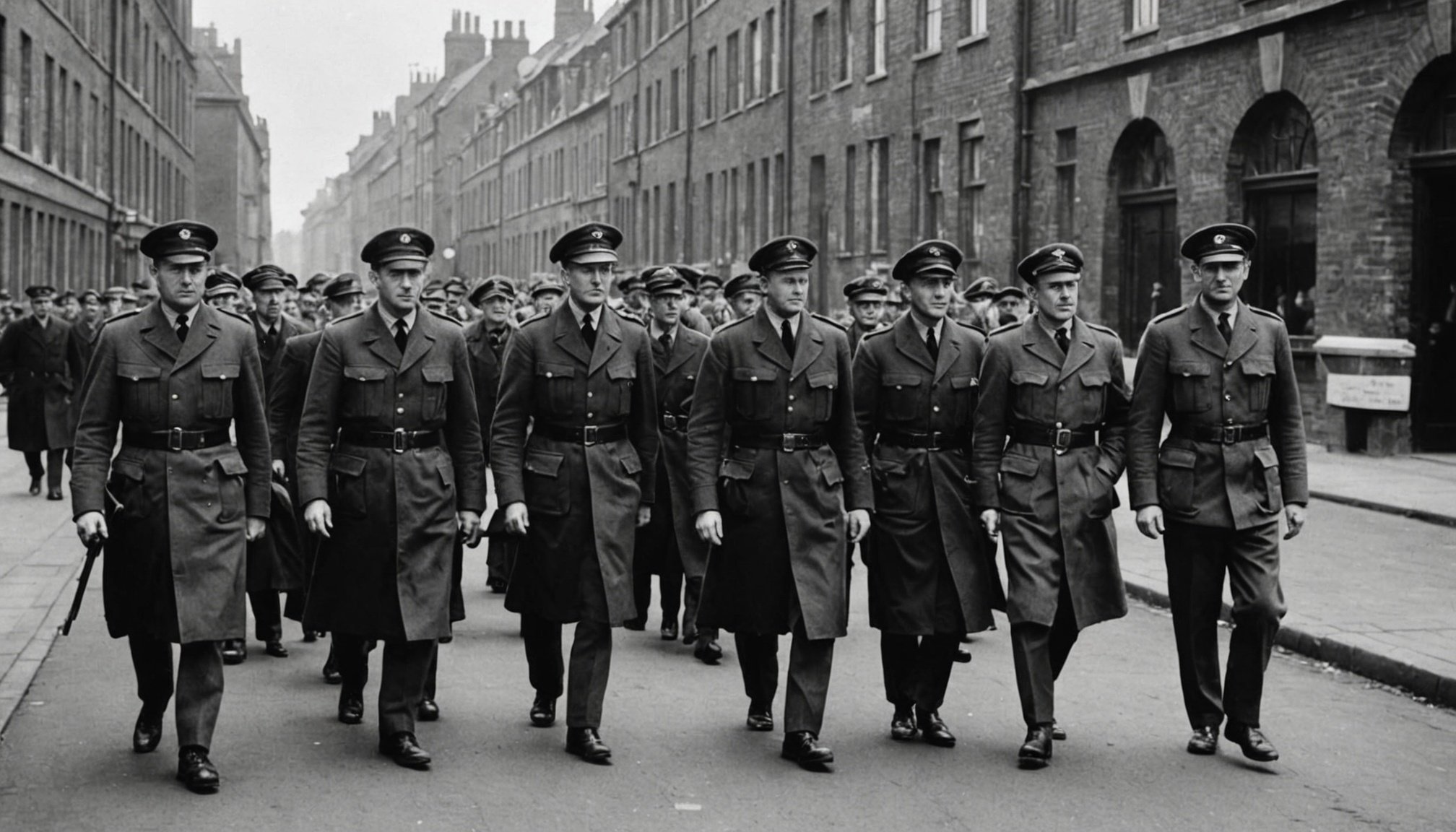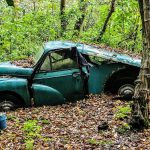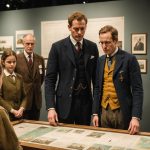Exploring the history of British espionage during World War II offers a compelling journey into the clandestine operations that played a crucial role in the Allied victory. From the secretive corridors of Bletchley Park to the strategic masterminds in the Churchill War Rooms, these historical sites provide a fascinating glimpse into the lives of spies, codebreakers, and intelligence officers. For tourists eager to delve into this captivating chapter of history, guided tours offer an immersive and informative experience. In this article, we’ll explore how tourists can find these specialized tours and the key locations that bring the world of wartime espionage to life.
Unearthing Secrets: Bletchley Park
Bletchley Park is often the first destination for those interested in World War II espionage. This deceptively ordinary estate was the epicenter of British code-breaking efforts and played a pivotal role in deciphering German communications.
In parallel : Which UK towns offer the most engaging historical walking tours on the Industrial Revolution?
The Historical Significance of Bletchley Park
Bletchley Park’s importance cannot be overstated. During World War II, it was here that Alan Turing and his team of codebreakers cracked the Enigma code, a feat that significantly shortened the war. The National Museum of Computing, located on-site, showcases the original machines and tools used in these efforts. The archived original documents and exhibits provide a tangible connection to the past, making it a must-visit.
Finding Guided Tours
Finding guided tours of Bletchley Park is straightforward. The museum offers several options, including general tours and specialized experiences focusing on different aspects of its history. These tours are led by knowledgeable guides who bring the stories of the codebreakers to life, offering insights into their daily lives and the monumental tasks they undertook.
In the same genre : Discover the Soul of British Folk Music: Engaging Workshops for Immersive Visitor Experiences
Booking and Accessibility
Tours can be easily booked through the Bletchley Park website. It’s advisable to book in advance, especially during peak tourist seasons. The site is accessible by public transport, with regular trains running from London. On arrival, you’ll find that the park is well-equipped for visitors, with facilities such as cafés and gift shops to enhance your visit.
The Churchill War Rooms: A Glimpse into Wartime Strategy
The Churchill War Rooms, located in the heart of London, offer another essential stop on the espionage trail. These underground bunkers were the nerve center of British military strategy during the war.
Exploring the War Rooms
Walking through the Churchill War Rooms is like stepping back in time. The rooms have been meticulously preserved, with many of the original furnishings and equipment still in place. You can see the maps and charts used to plan military operations and even visit Winston Churchill’s office and living quarters.
Guided Tours and What They Offer
Guided tours of the Churchill War Rooms provide an in-depth look at the complexities of wartime planning. Expert guides share stories of the key figures who worked here, including Winston Churchill himself. These tours often include access to areas not available to general visitors, offering a more comprehensive understanding of the war effort.
Practical Information
Tours of the Churchill War Rooms can be booked through the Imperial War Museums website. The site is easily accessible via public transport, with several bus and underground routes serving the area. It’s advisable to wear comfortable shoes, as there’s much to see and explore.
Beyond the British Borders: Espionage in the Wider War Effort
While Britain was a hub of espionage activity, the efforts of spies and intelligence officers extended across the globe. Understanding these global connections provides a fuller picture of World War II espionage.
The Role of Allied Forces
Allied forces, including those from the United States and the Soviet Union, played crucial roles in intelligence gathering and espionage. The FBI and other American agencies worked closely with British intelligence to share information and coordinate efforts. The Soviet Union, despite being an ally, also had its own extensive network of spies and double agents.
International Espionage Museums
For tourists interested in the broader scope of espionage, several international museums provide valuable insights. The International Spy Museum in Washington, D.C., for example, offers exhibits on the role of spies during World War II and the Cold War. Similarly, the KGB Museum in Moscow provides a unique perspective on Soviet intelligence operations.
Combining Tours for a Comprehensive Experience
Combining tours of British sites with visits to international museums can provide a more rounded understanding of World War II espionage. Many travel agencies offer packages that include guided tours of multiple locations, making it easier for tourists to explore this fascinating history.
The Legacy of Espionage: Post-War and Cold War Developments
The end of World War II did not signal the end of espionage activities. Instead, the Cold War era saw the continuation and evolution of these operations, with many of the same key players involved.
The Transition to the Cold War
The transition from World War II to the Cold War was marked by a shift in espionage targets and methods. Former allies, such as the Soviet Union and the United States, became adversaries, leading to an intensified focus on intelligence gathering. Double agents, who had previously worked for one side, often found themselves caught in a web of shifting allegiances.
Sites of Interest
Several sites in the UK and abroad offer insights into Cold War espionage. The Cabinet War Rooms in London, for example, were used during both World War II and the early years of the Cold War. The National Archives in Kew also hold extensive documents from this era, many of which have been declassified and are available for public viewing.
Guided Tours and Exhibits
Guided tours focusing on Cold War espionage are available at many of these sites. These tours often highlight the continuity between World War II and Cold War intelligence operations, providing a deeper understanding of how wartime techniques and technologies evolved.
Guided tours focusing on the history of British espionage during World War II offer a unique and immersive way to explore this fascinating chapter of history. From the codebreakers at Bletchley Park to the strategists in the Churchill War Rooms, these tours provide invaluable insights into the covert operations that shaped the outcome of the war.
By visiting these historical sites and engaging with their expertly curated exhibits, tourists can gain a deeper appreciation of the complexities and bravery involved in wartime intelligence. Whether you’re a history enthusiast or simply curious about the secretive world of espionage, these guided tours are an unforgettable journey into the heart of World War II.
In summary, to find guided tours focusing on the history of British espionage during World War II, start with key locations such as Bletchley Park and the Churchill War Rooms. Explore international museums for a broader perspective and consider combining multiple tours for a comprehensive experience. These tours not only bring history to life but also honor the incredible contributions of those who worked behind the scenes to secure victory.











